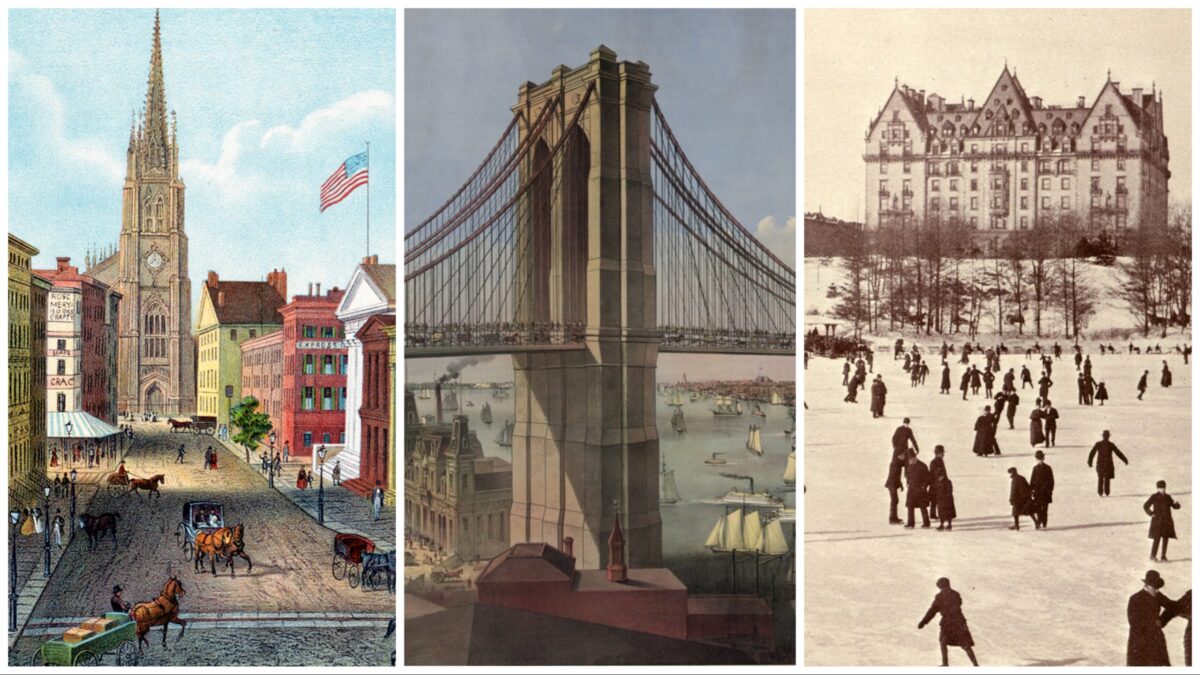Thank you for making 2023 another excellent year for the Bowery Boys podcast.
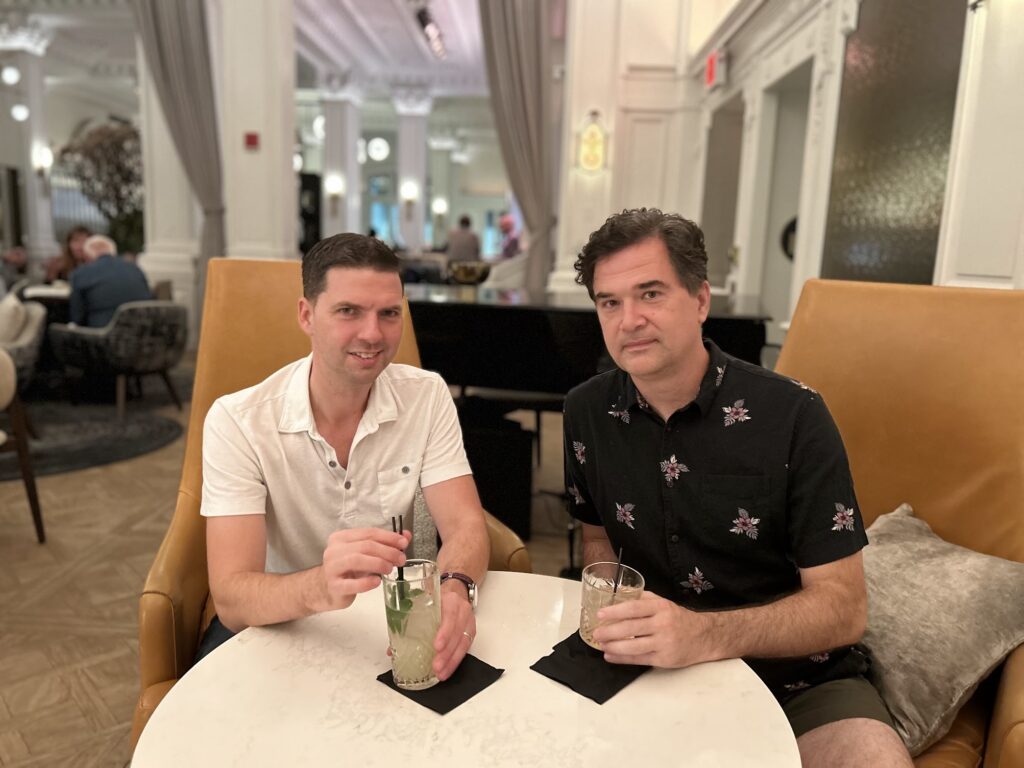
This year our shows spanned hundreds of years of history — from the Dutch wall of New Amsterdam in the 1650s to the paparazzi woes of Greta Garbo in the 1950s — and looked at many forgotten aspects of city life like the Miss Subways contest and the Fulton Fish Market at the Seaport.
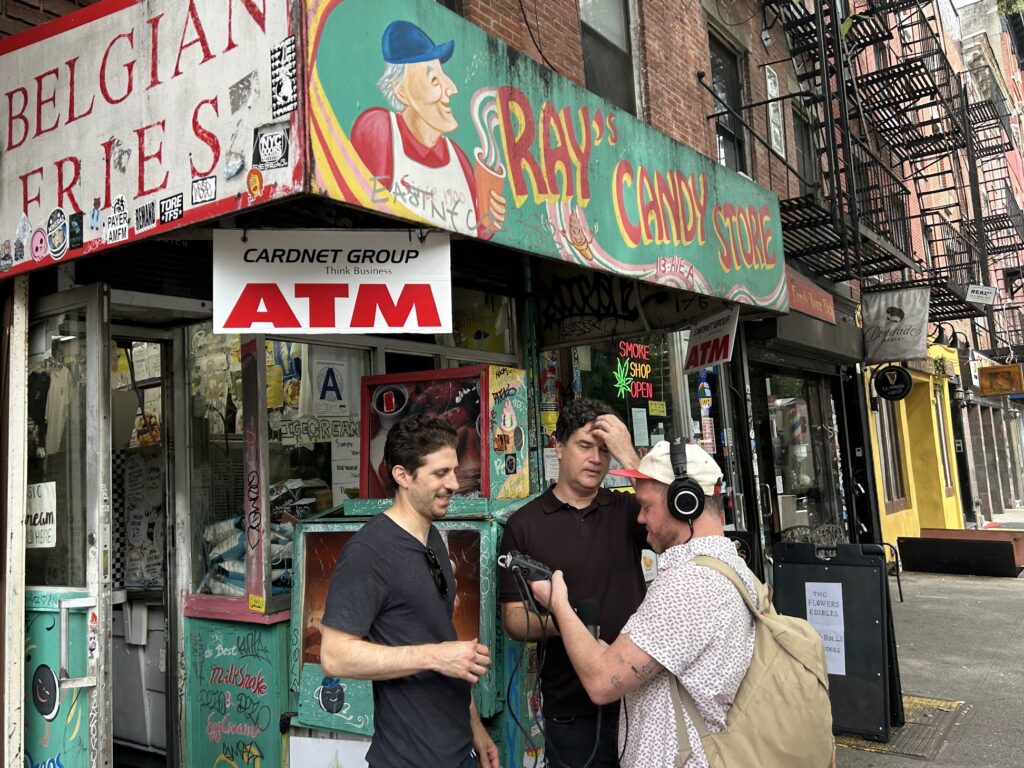
In 2023, we looked at art and artists (Mona Lisa, Edward Hopper), important landmarks (Bethesda Terrace, Grace Church, the Brooklyn Bridge and the Brooklyn Navy Yard), major changes to everyday life (gaslight, automobile parking), important American stories (the sinking of the Titanic, the end of the Revolutionary War) and a two-part look at the ‘creation’ and evolution of the East Village.
And of course — pizza! pizza! pizza!
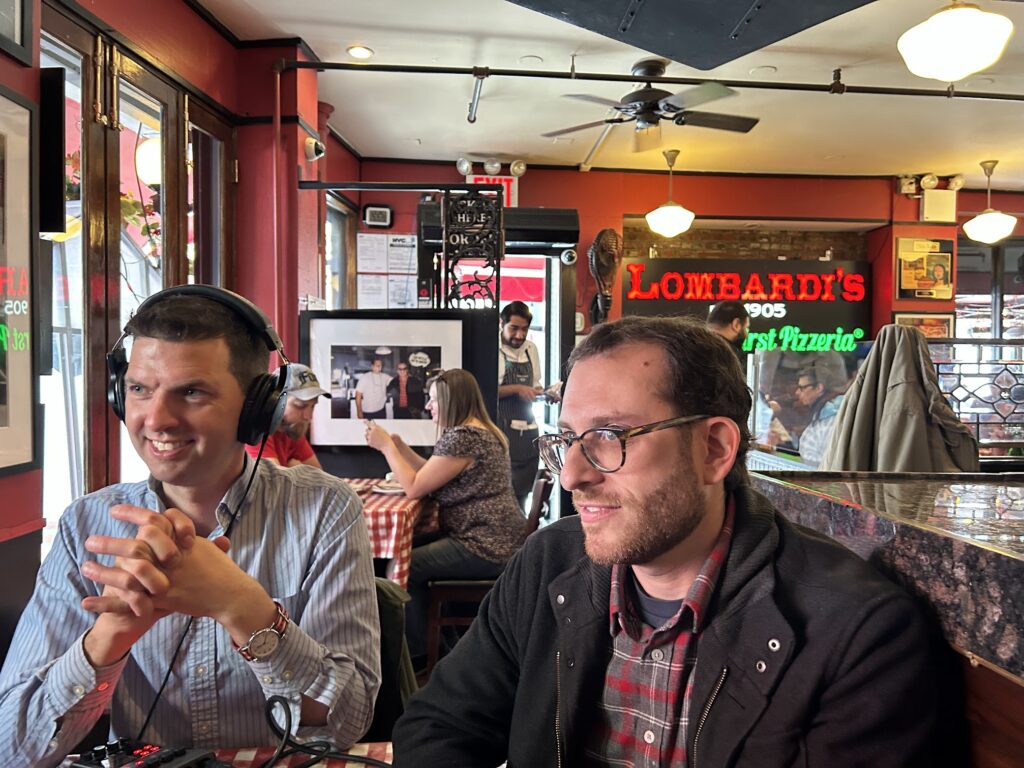
We did it all with a record of special guests this year — authors, restaurant owners, museum curators and some of the best tour guides in New York City. And don’t forget Ken Burns!
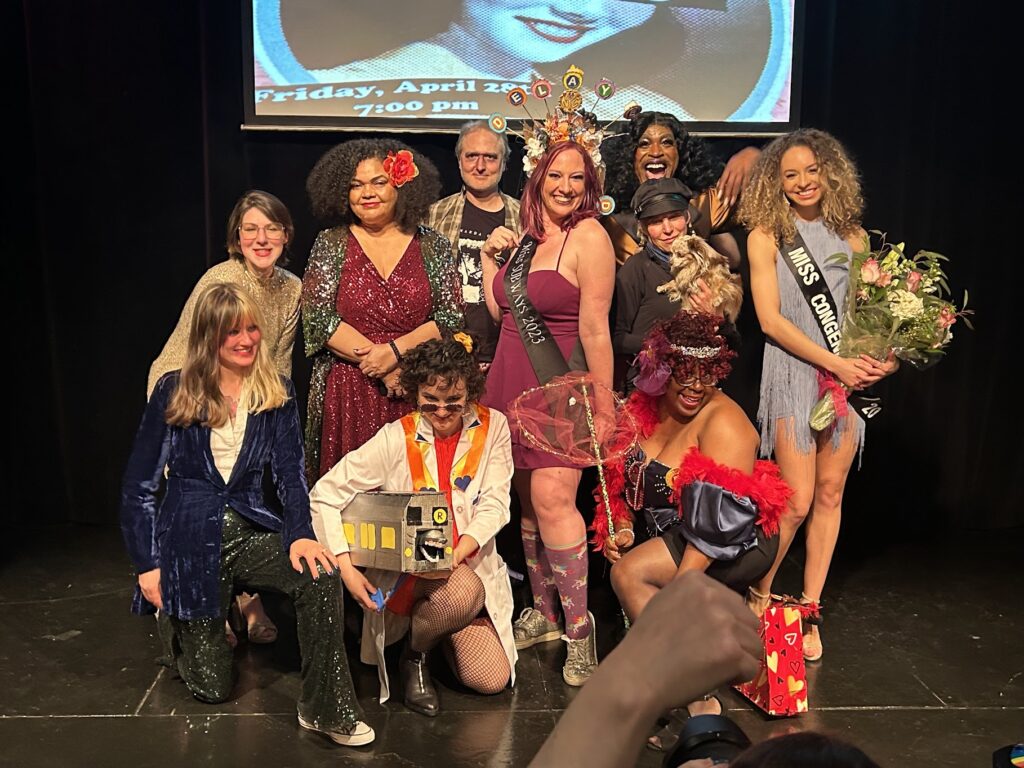
And that’s not even counting the excellent work of Carl Raymond and his guests on The Gilded Gentleman podcast and Tom’s work on the Official Gilded Age Podcast.
And finally we had our best shows ever at Joe’s Pub for the Halloween season. See you there next year!
Here’s the list of all of our new shows in 2023. And you won’t have to wait long in the new year for a new episode. A special bridge-themed show arrives next Friday.
Happy 2024!
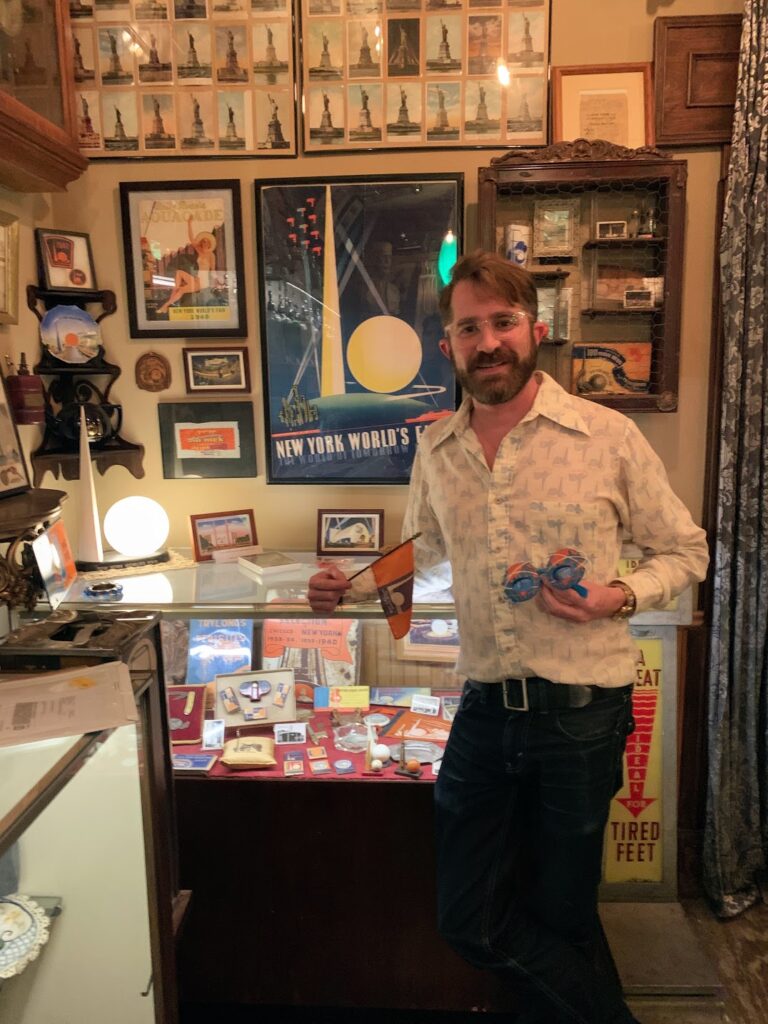
Treasures From The World’s Fair
Flushing-Meadows Corona Park in the borough of Queens is the home of the New York Mets, the U.S. Open, the Queens Zoo, the Hall of Science and many other recreational delights. But it will always be forever known as the launching pad for the future as represented in two extraordinary 20th century world’s fairs.
Featuring the brilliant Kyle Supley and his extraordinary collection of World’s Fair memorabilia
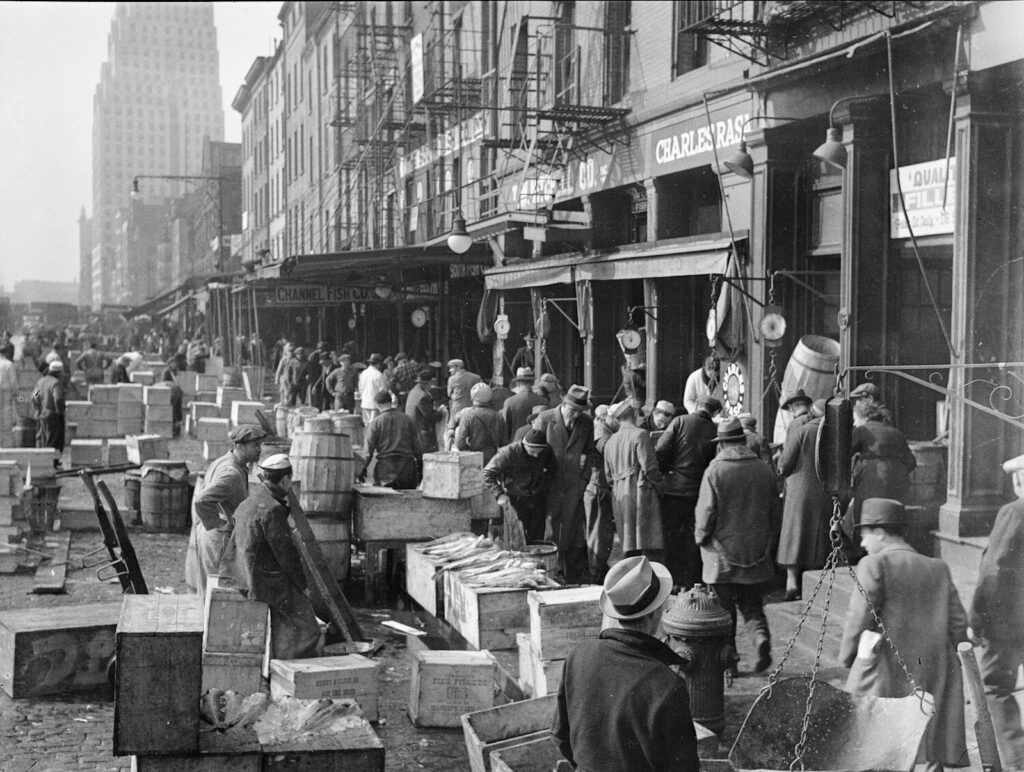
The Fulton Fish Market: History at the Seaport
In the 19th century, the Fulton Fish Market in downtown Manhattan was to seafood what Chicago stock yards were to the meat industry, the primary place where Americans got fish for their dinner tables.
With Professor Jonathan H. Rees, author of The Fulton Fish Market: A History.
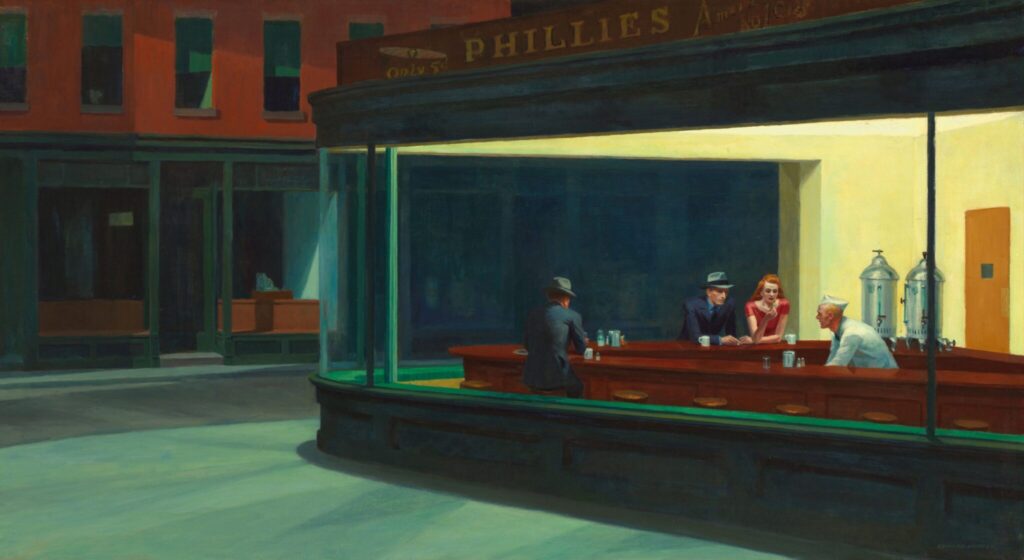
Nighthawks and Automats: Edward Hopper’s New York
Edward Hopper, a native of the Hudson River town of Nyack, painted New York City for over half a decade. In reality, the city experienced Prohibition and the Jazz Age, two world wars and the arrival of automobiles. But not in Hopper’s world.
Featuring a visit to the Edward Hopper House Museum in Nyack, New York, to talk the artist’s early life with executive director Kathleen Motes Bennewitz. AND a look at the hidden meanings in Hopper’s paintings thanks to American art historian Rena Tobey.
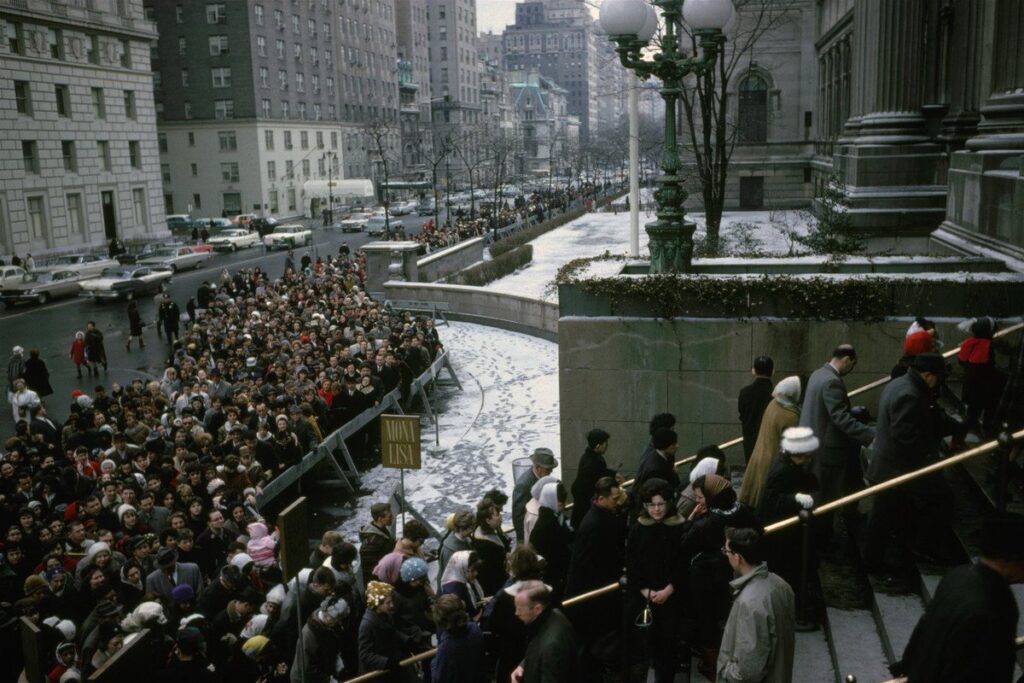
Mona Lisa at the Metropolitan Museum
The Mona Lisa, Leonardo da Vinci’s stoic portrait and one of the most valuable paintings on earth, came to America during the winter of 1963, a single-picture loan that was both a special favor to Jackie Kennedy and a symbolic tool during tense conversations between the United States and France about nuclear arms.
Featuring an interview with Patrick Bringley, a former security guard at the Metropolitan Museum and author of All The Beauty In The World: The Metropolitan Museum and Me.
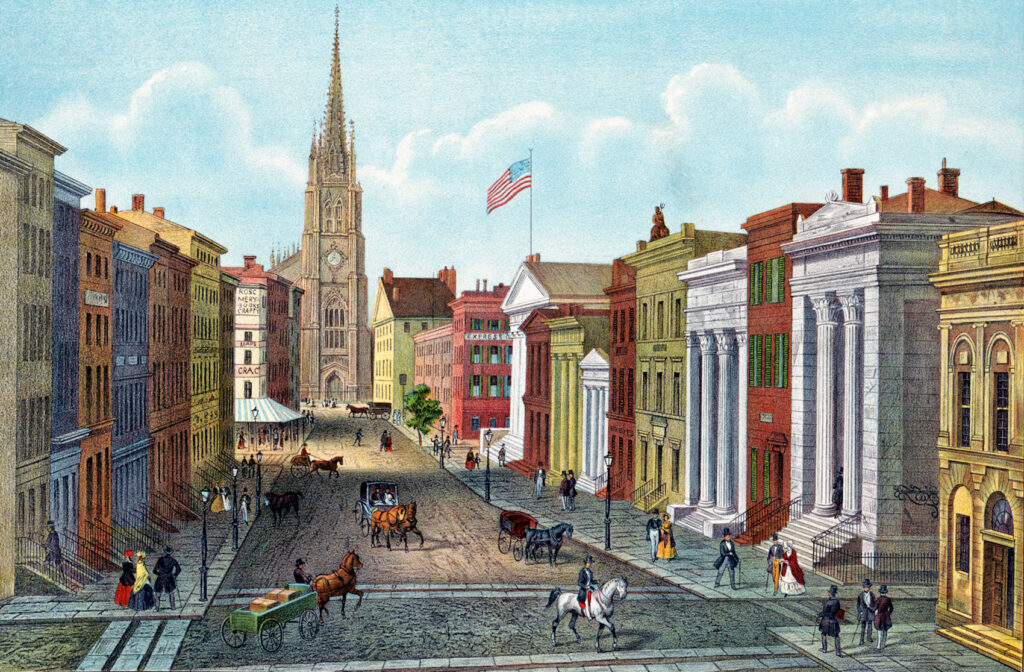
How Wall Street Got Its Name
Wall Street, today a canyon of tall buildings in New York’s historic Financial District, is not only one of the most famous streets in the United States, it’s also a stand-in for the entire American financial system.
One of the first facts you learn as a student of New York City history is that Wall Street is named for an actual wall that once stretched along this very spot during the days of the Dutch when New York was known as New Amsterdam.
The particulars of the story, however, are far more intriguing.
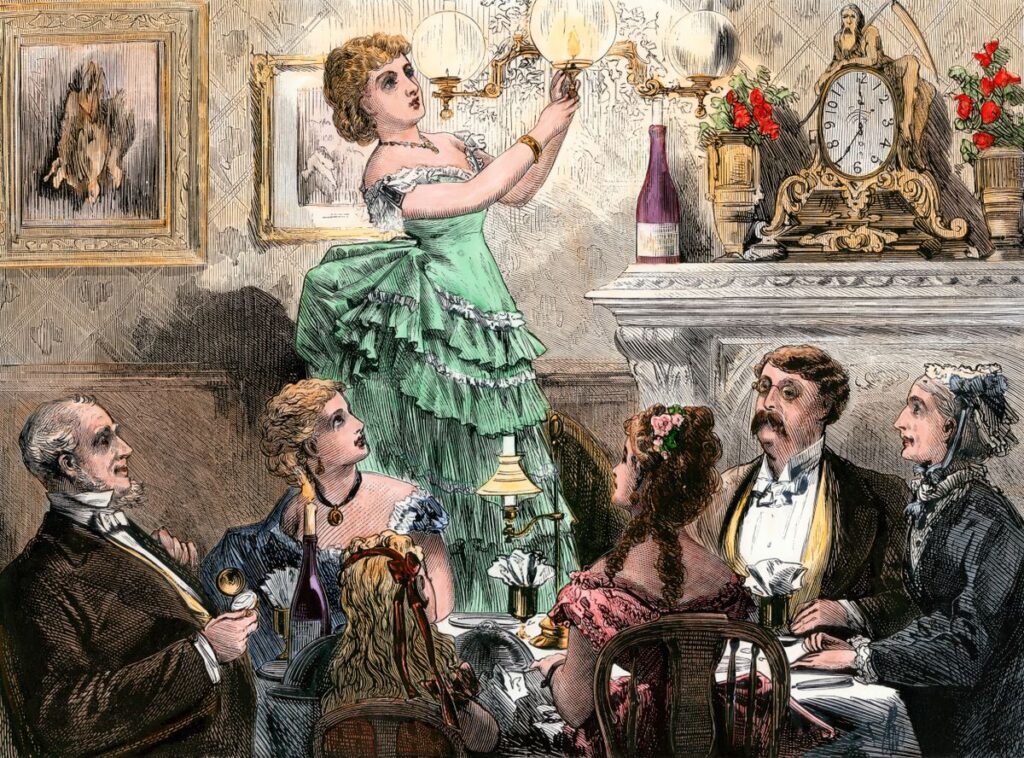
New York By Gaslight: Illuminating the 19th Century
Enter the magical world of New York by gaslight, the city illuminated by the soft, revolutionary glow of lamps powered by gas, an innovative utility which transformed urban life in the 19th century.
Featuring author Jane Brox, author of Brilliant: The Evolution of Artificial Light, who discusses the curious charms of this rare and enigmatic light source.
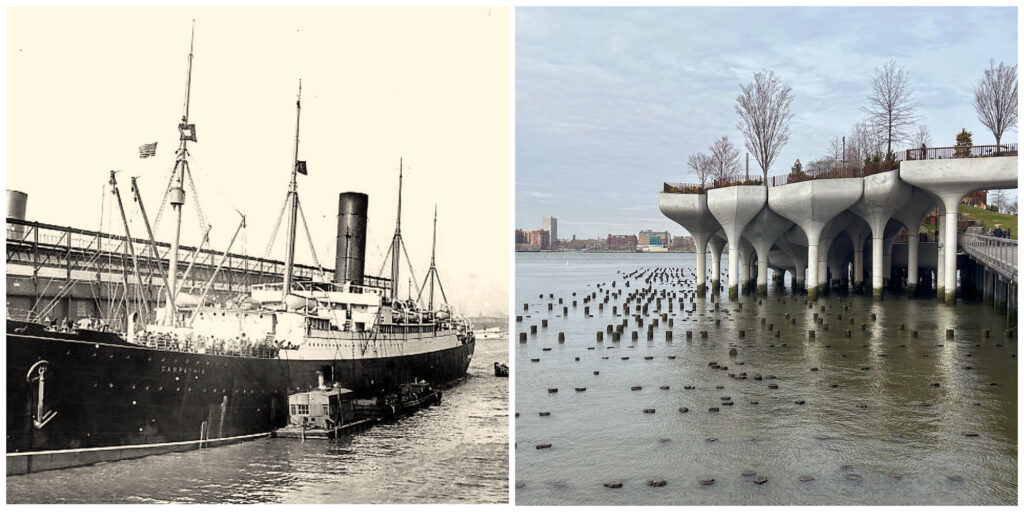
The Titanic and the Fate of Pier 54
In the early morning hours of April 15, 1912. the White Star ocean liner RMS Titanic struck an iceberg en route to New York City and sank in the Atlantic Ocean.
Survivors were rescued by the Cunard liner Carpathia and brought to their berth at Pier 54 at the Chelsea Piers. Today, on that very spot, stands Little Island.
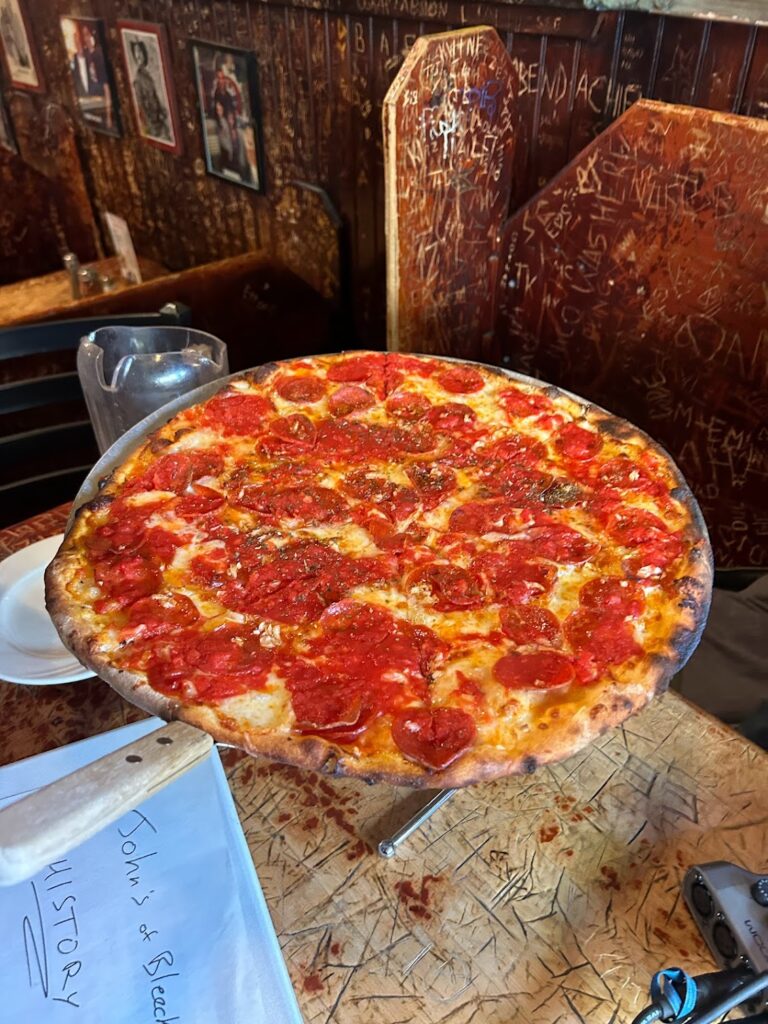
The Great New York City Pizza Tour
The history of pizza in the United States begins in Manhattan in the late 19th century, on the streets of Little Italy (and Nolita), within immigrant-run bakeries that transformed a traditional southern Italian food into something remarkable.
But new research discovered in recent years has changed New York food history, revealing an origin tale slightly older than what the old guide books may have you believe.
On this wandering episode — through Nolita, Greenwich Village and even the Bowery — Tom and Greg are joined by the prince of pizza himself Scott Wiener of the long-running Scott’s Pizza Tours.
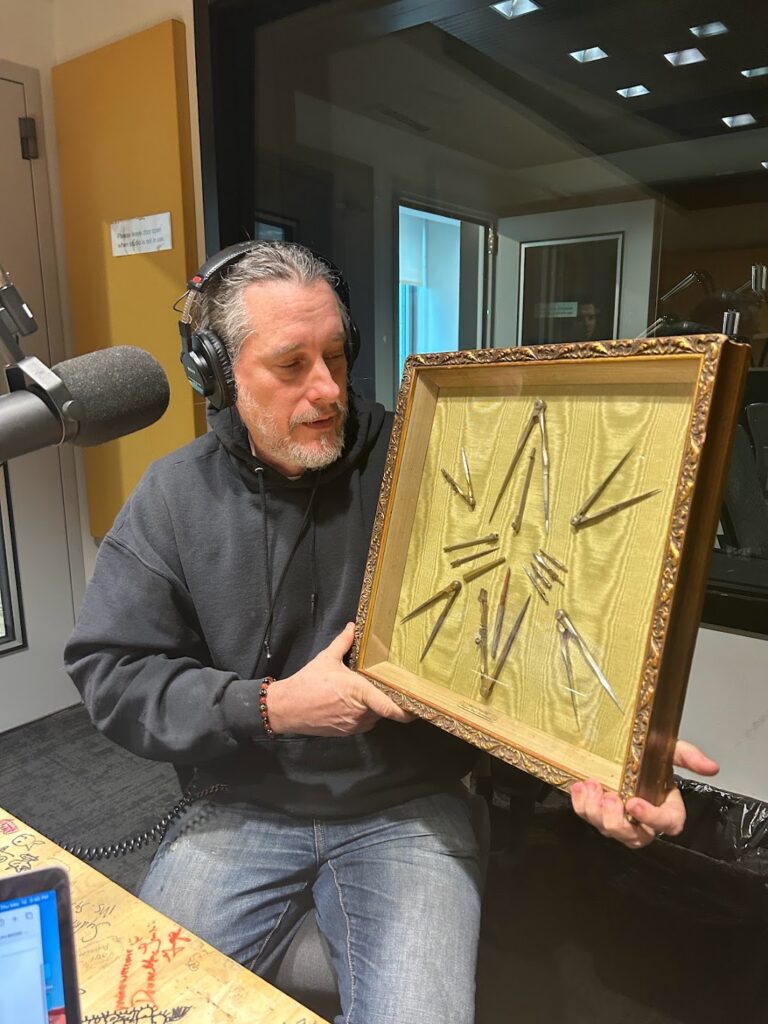
The Roeblings: The Family Who Built The Brooklyn Bridge
The Brooklyn Bridge, which was officially opened to New Yorkers 140 years ago this year, is not only a symbol of the American Gilded Age, it’s a monument to the genius, perseverance and oversight of one family.
Greg and Tom are joined in the studio by Kriss Roebling, the great, great-grandson of Washington and Emily Roebling. He shares his own surprising family stories — and brings in some extraordinary artifacts from his family’s past!
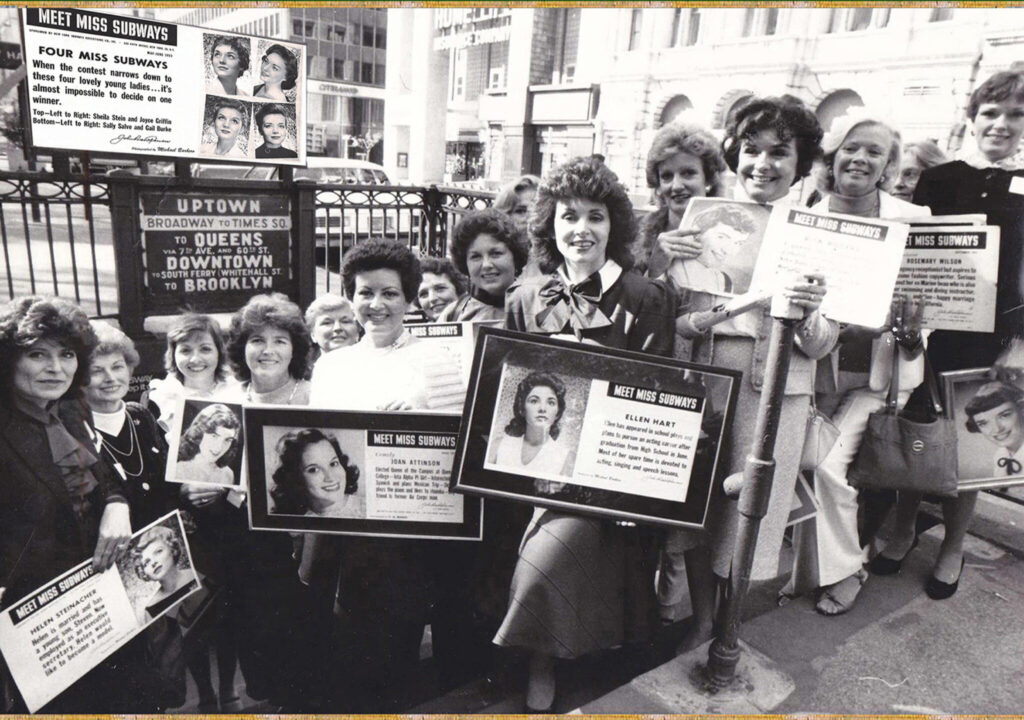
Miss Subways: Queens of the New York Commute
From 1941 and 1976, dozens of young women and high school girls were bestowed the honor of Miss Subways with her smiling photograph hanging within the cars of the New York subway system.
This was not a beauty pageant, but rather an advertising campaign which promoted the subway and drew the eyes of commuters to the train car’s many advertisements for cod liver oil, cigarettes and frozen foods.
FEATURING A visit to the New York Transit Museum, the City Reliquary, Coney Island USA’s Seashore Theater and Ellen’s Stardust Diner. And an introduction to the current reigning Miss Subways!
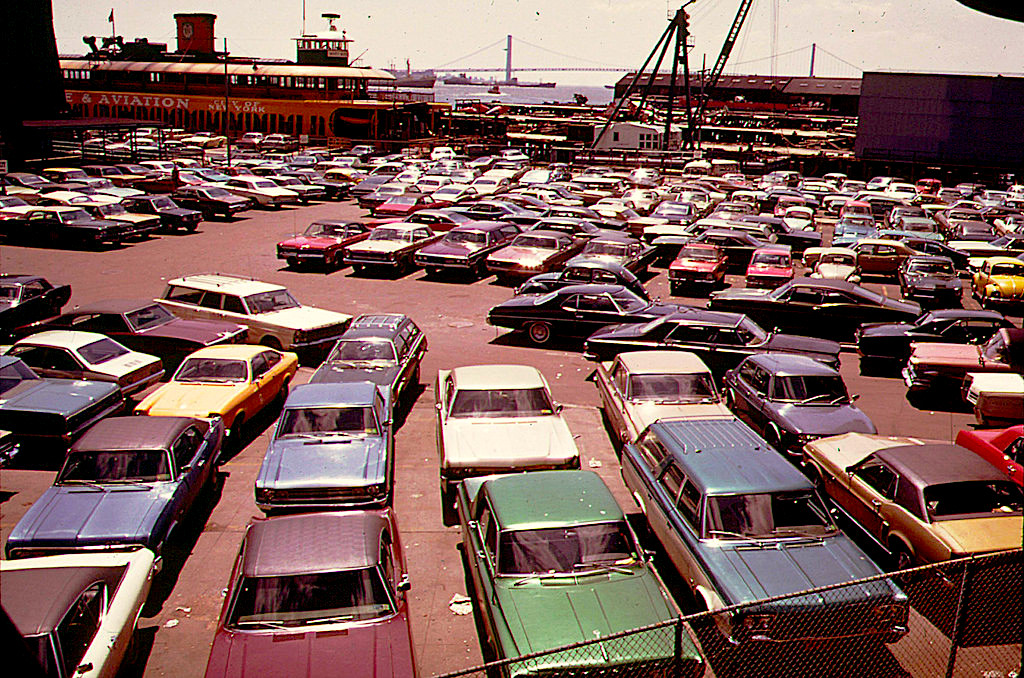
The New York Parking Wars: How Cars Took Over The Curb
Take a look at a vintage photograph of New York from the 1930s and you’ll see automats, newsies, elevated trains and men in fedoras. What you won’t see — dozens and dozens of automobiles on the curb.
In a city with skyrocketing real estate values, why are most city streets still devoted to free car storage? It’s a situation we’re all so used to that we don’t think twice about it. Whatever happened to the curb?
Featuring Henry Grabar, author of Paved Paradise: How Parking Explains The World, who exposes some shocking parking violations and even offers a few couple solutions for the future.
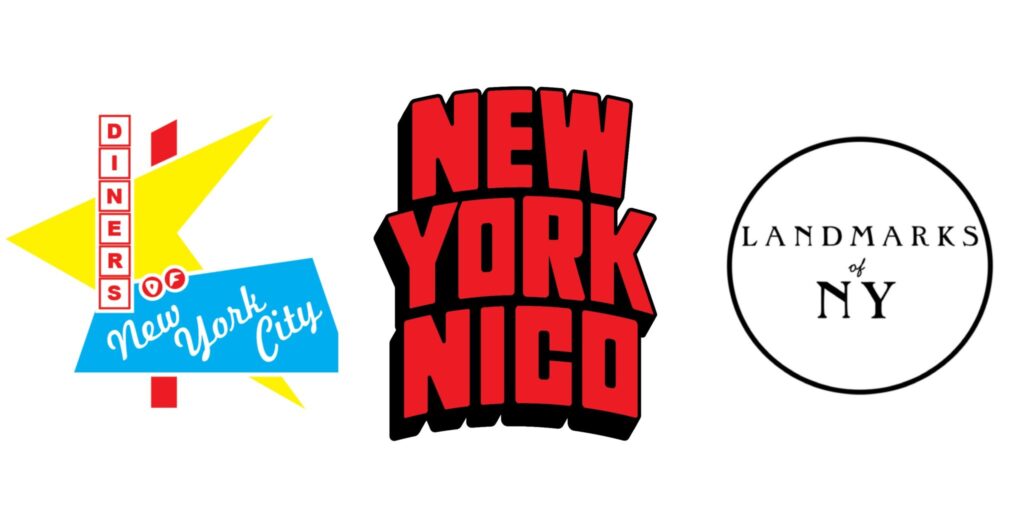
The New Storytellers: Landmarks, Diners and Everyday New Yorkers
Instead of looking back to the history of New York City in this episode, we are looking forward to the future — to the new generation of creators who are celebrating New York and telling its story through mediums that are not podcasts or books.
Featuring Nicolas Heller (New York Nico), the “unofficial talent scout of New York City”; Riley Arthur, (Diners of NYC), who explores the world of New York City diners, great and small; and Tommy Silk, (Landmarks of NY), who shares illuminating photos and videos featuring the city’s most interesting and overlooked architectural gems.
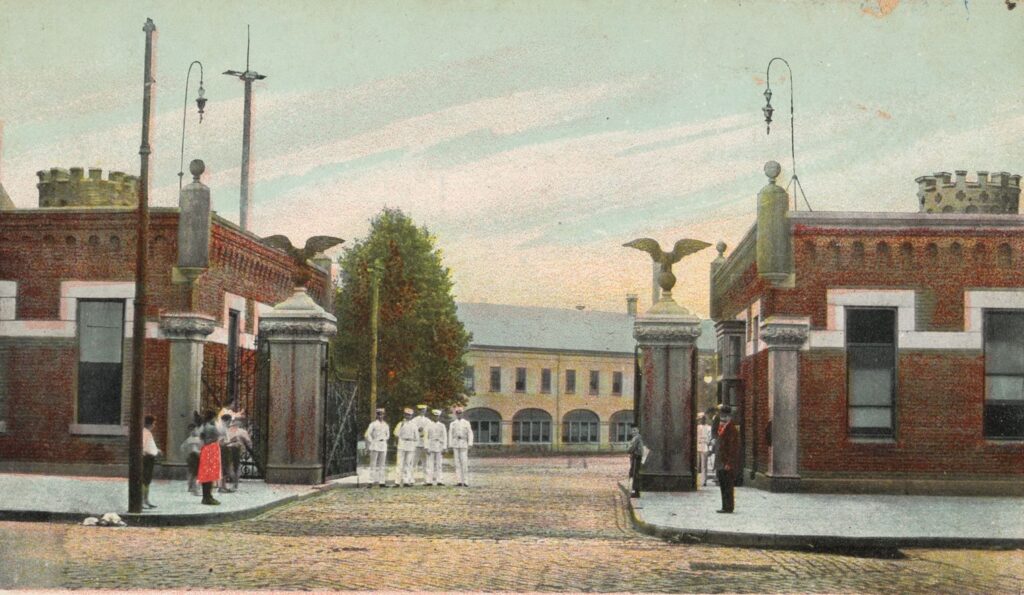
The Brooklyn Navy Yard and Vinegar Hill
The tale of the Brooklyn Navy Yard is one of New York’s true epic adventures, mirroring the course of American history via the ships manufactured here and the people employed to make them.
Featuring Andrew Gustafson from Turnstile Tours who unfurls the surprising history of the Navy Yard — through war and peace, through new technologies and aging infrastructure, through the lives of the men and women who built the yard’s reputation.
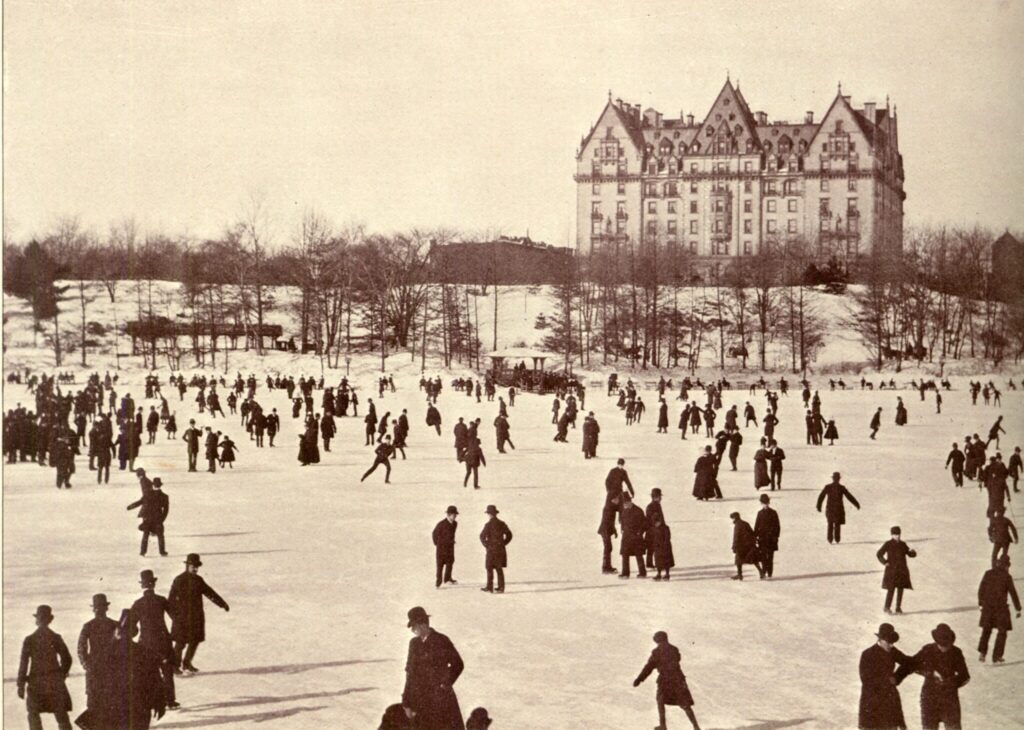
The Early Years of Central Park: A Tale of Fountains, Castles and Rambling Walks
Stroll the romantic, rambling paths of historic Central Park in this week’s episode, turning back the clock to the 1860s and 70s, a time of children ice skating on The Lake, carriage rides through The Mall, and bewildering excursions through The Ramble.
Featuring Sara Cedar Miller, historian emerita of the Central Park Conservancy and author of Before Central Park; and Dr. Emma Guest-Consales, former president of the Guides Association of New York City and tour ambassador at One World Observatory.
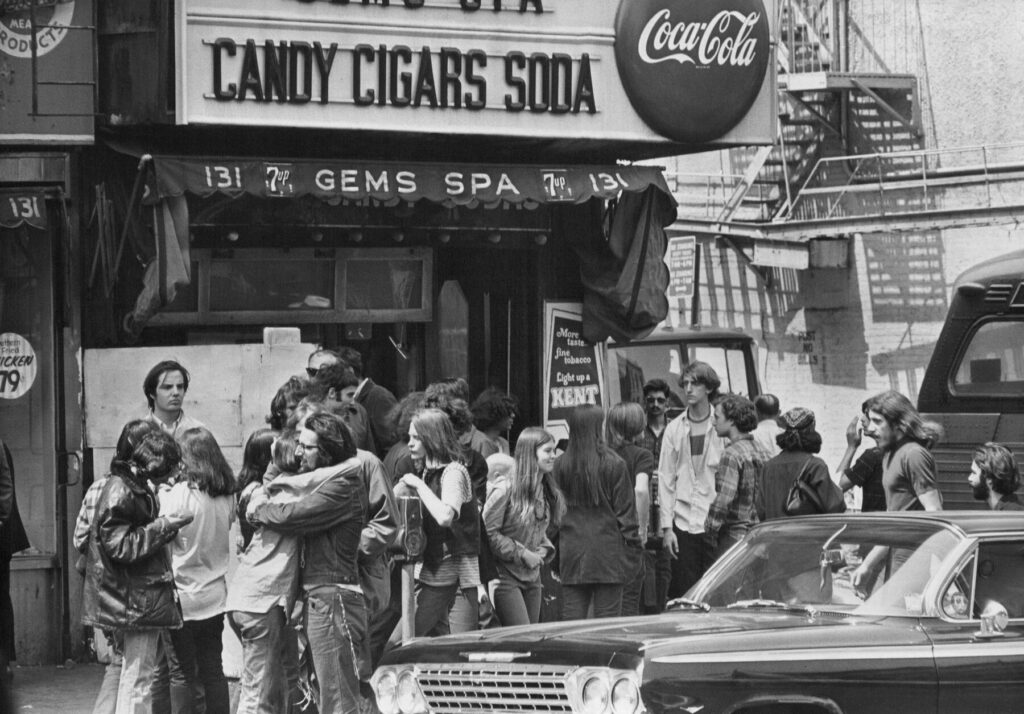
Creating the East Village: Beatniks and Hippies Transform the Lower East Side
Before 1955 nobody used the phrase “East Village” to describe the historic northern portion of the Lower East Side, the New York tenement district with a rich German and Eastern European heritage.
But when the Third Avenue El was torn down that year, those who were attracted to the culture of Greenwich Village — with its coffeehouses, poets and jazz music — began flocking to the east side, attracted to low rents.
Featuring Jason Birchard from Veselka Restaurant, who shares his family’s story, and theater historian David Loewy who discusses the influence of Joe Papp and The Public Theater
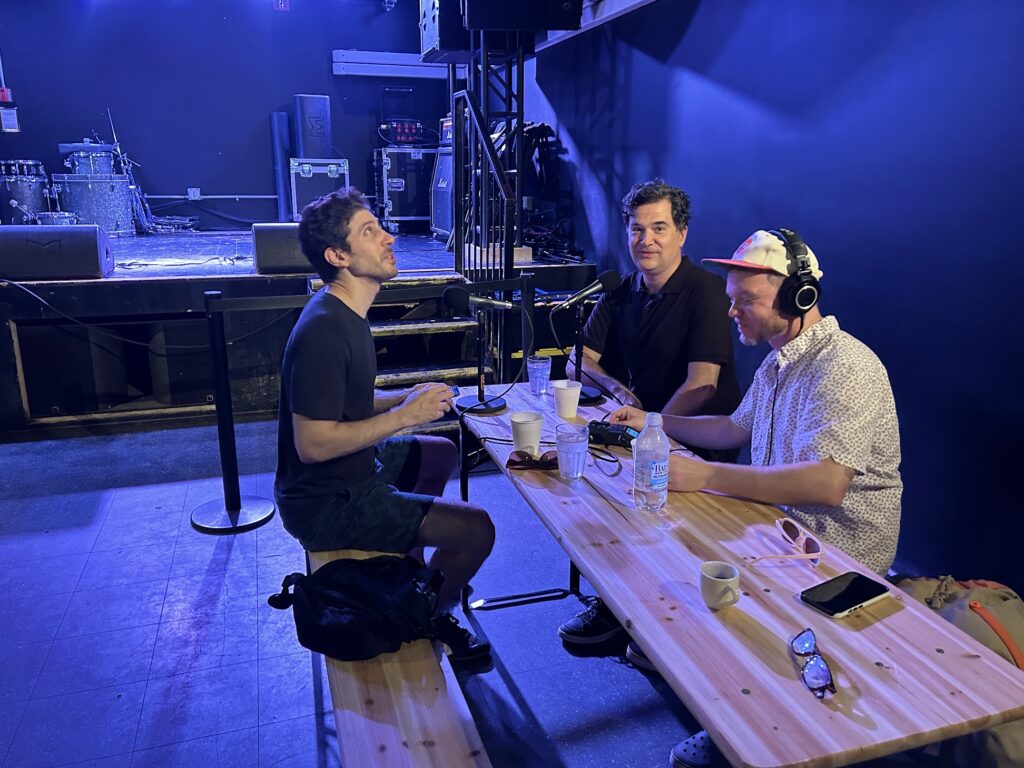
Walking the East Village: Culture Among The Ruins 1976-1996
By the mid 1970s, the East Village was in crisis, one of the Manhattan neighborhoods hit hardest by the city’s fiscal difficulties and cutbacks.
But the next generation of creative interlopers (following the initial stampede of Greenwich Village beatniks and hippies) built upon the legacies of East Village counter-culture to create poems, music, paintings and stage performances heavily influenced by the apocalyptic situations around them.
Greg hits the streets of the East Village with musician and tour guide Krikor Daglian (of True Tales of NYC), exploring the secrets of the recent past — from the origins of skateboarding to the seeds of the American alternative rock scene.
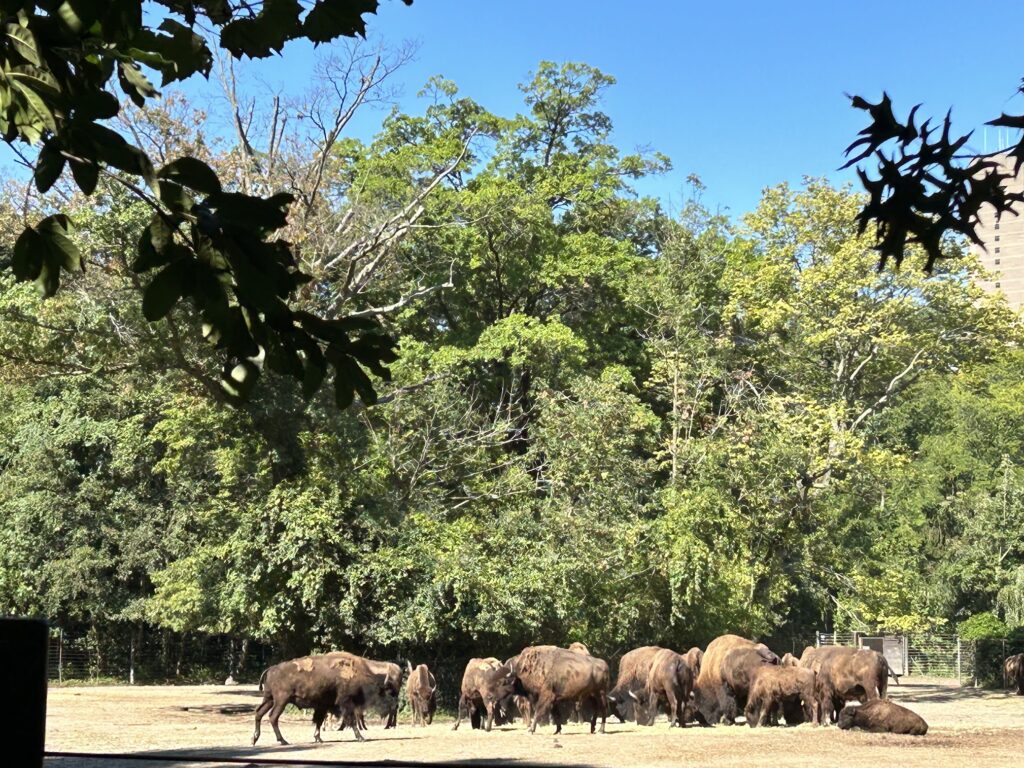
Theodore Roosevelt’s Wild Kingdom: Conservation History with Ken Burns
Theodore Roosevelt was a New Yorker and a rugged outdoorsman, a politician and a naturalist, a conservationist and a hunter. His connection with the natural world begin at birth in his Manhattan brownstone home and end with his death in Sagamore Hill.
But as this episode’s special guest Ken Burnsreveals in his newest mini-series The American Buffalo, Roosevelt’s relationship with the animal world was complicated and in certain ways, hard to understand today.
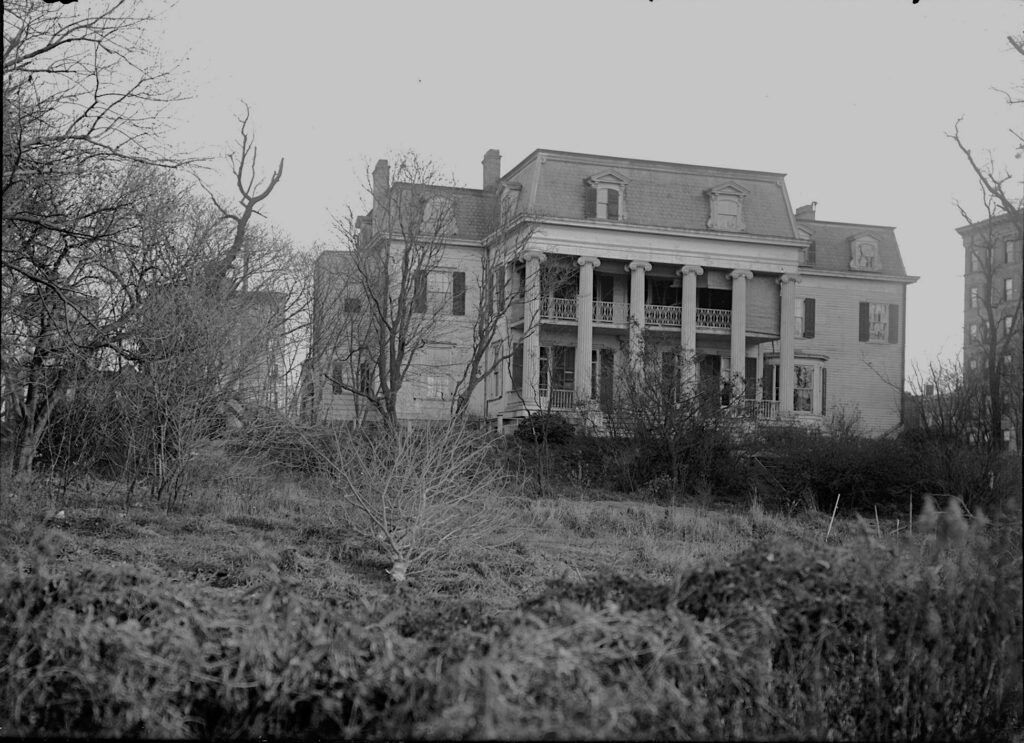
Ghost Stories by Gaslight: Hauntings of Old New York
A brand new batch of haunted houses and spooky stories, all from the gaslight era of New York City, the illuminating glow of the 19th century revealing the spirits of another world.
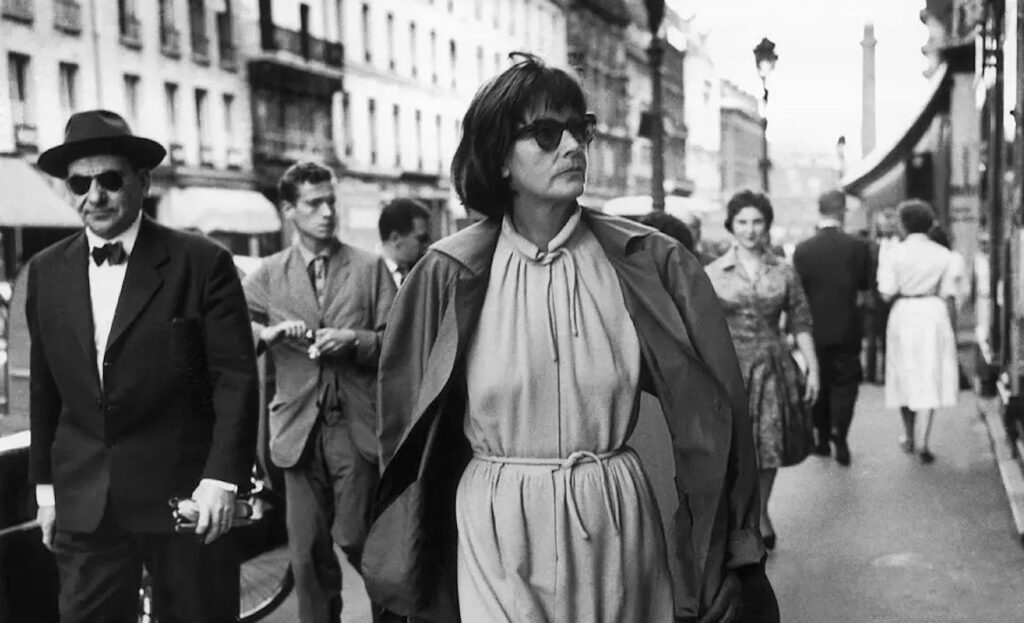
Garbo Walks: A Tale of Old Hollywood in New York City
Garbo in New York! A story of independence, glamour and melancholy, set at the intersection of classic Hollywood and mid-century New York City.
This is the biography of a legendary star who became the city’s most famous ‘celebrity sighting’ for many decades while out on her regular, meandering walks.
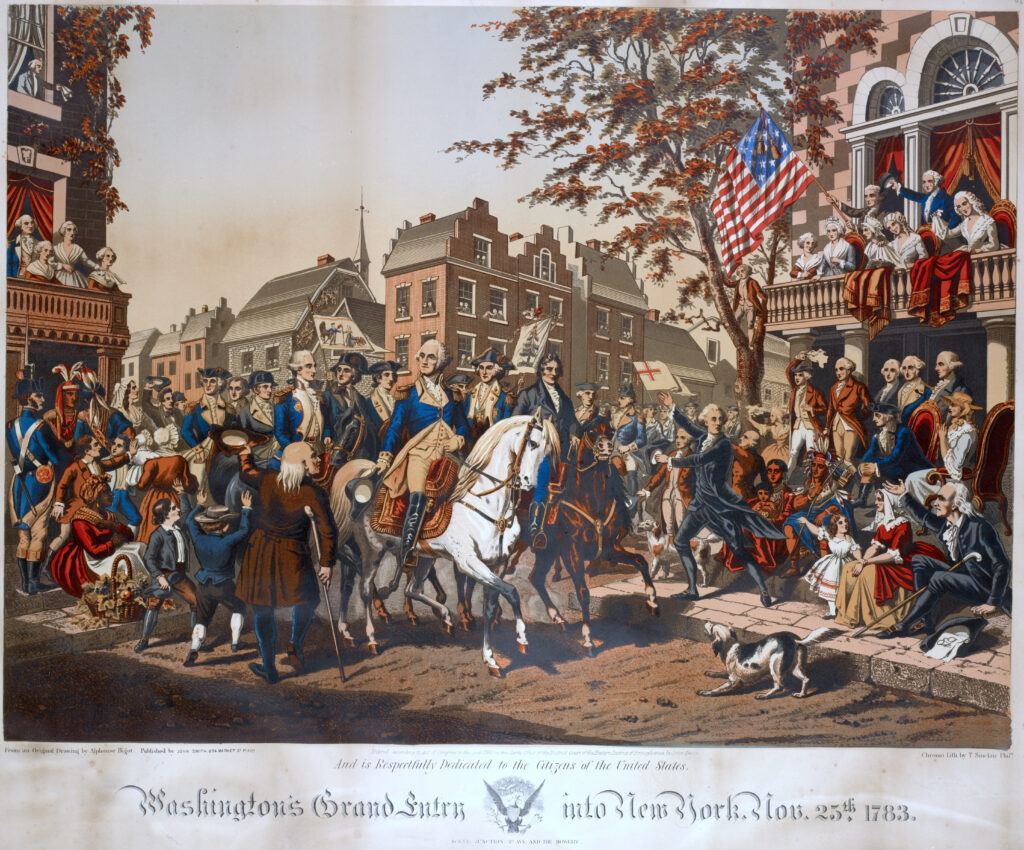
Evacuation Day: The Forgotten Holiday of the American Revolution
For decades New Yorkers celebrated Evacuation Dayevery November 25, a holiday marking the 1783 departure of British forces from a city they had occupied for several years.
The events of that departure — that evacuation — inspired annual celebrations of patriotism, unity and a bit of rowdiness. Evacuation Day was celebrated well until the late 19th century. But then, gradually, the party sort of petered out…..
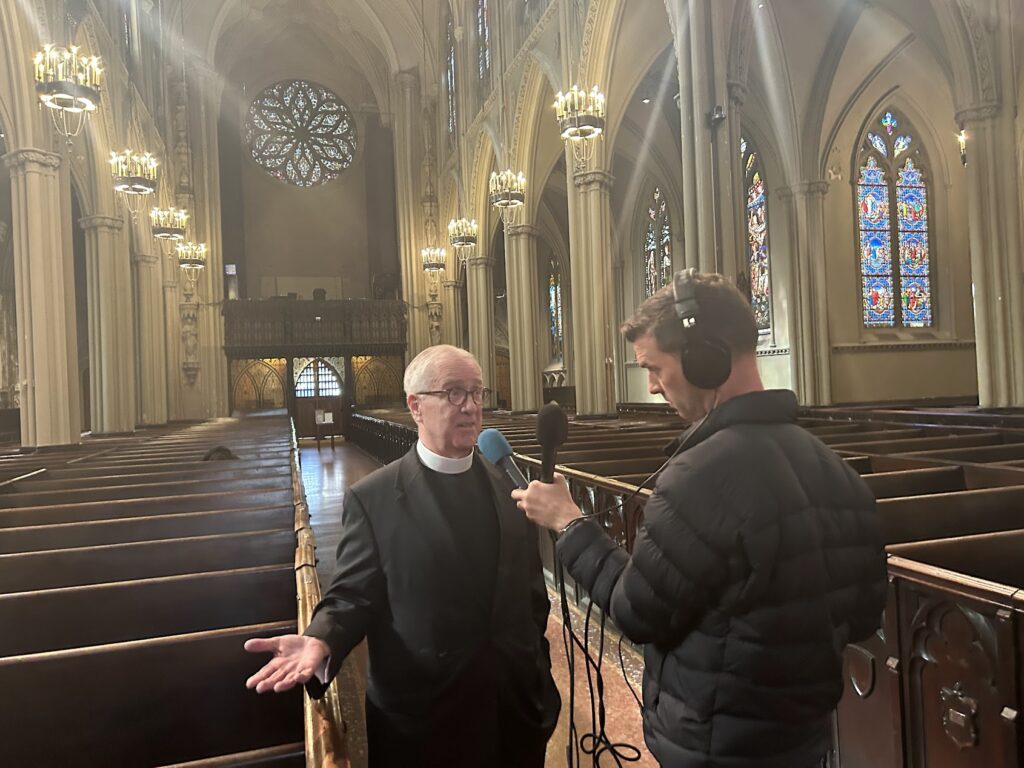
Grace Church: A Most Fashionable History
Manhattan’s Grace Church sits at a unique bend on Broadway and East Tenth Street, making it seem that the historic house of worship is rising out of the street itself.
But Grace is also at another important intersection — where religion and high society greeted one another during the Gilded Age.
Featuring vicar Harry Krauss who gives the Bowery Boys a tour of this gorgeous, landmark parish.
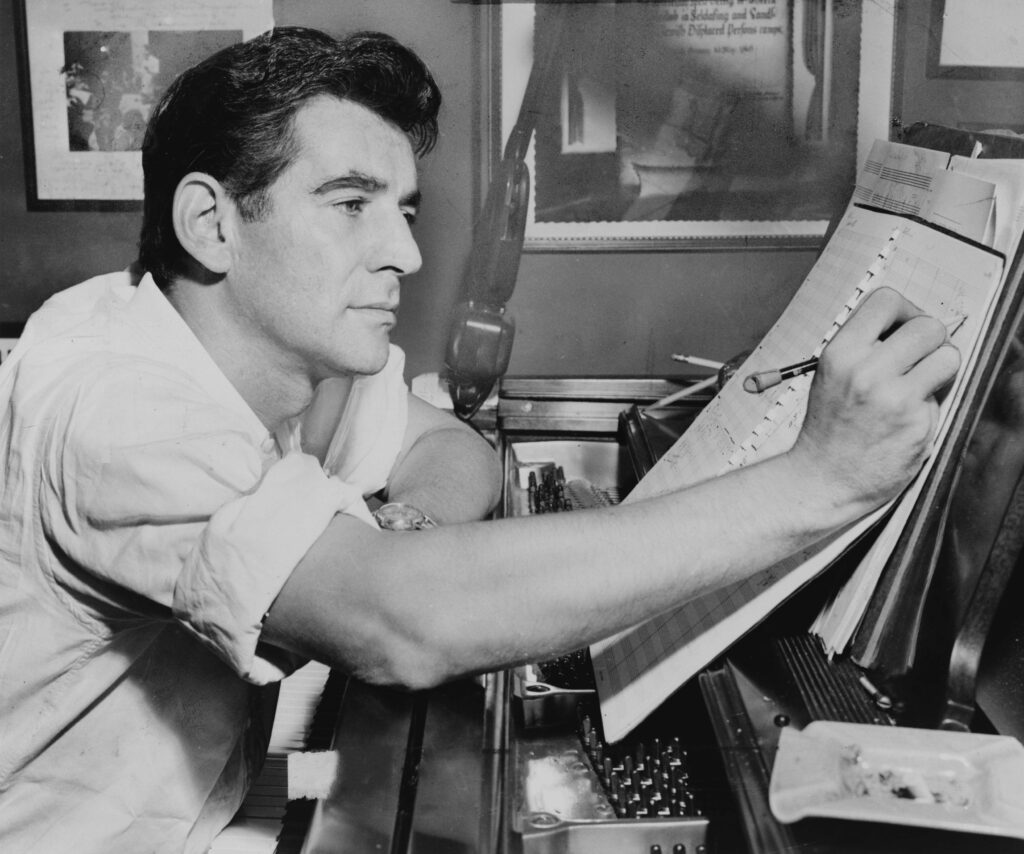
Leonard Bernstein’s New York, New York
On the morning of November 14th, 1943, Leonard Bernstein, the talented 25-year-old assistant conductor of the New York Philharmonic, got a phone call saying he would at last be leading the respected orchestral group — in six hours, thatafternoon, with no time to rehearse.
The sudden thrust into the spotlight transformed Bernstein into a national celebrity. For almost five decades, the wunderkind would be at the forefront of American music, as a conductor, composer, virtuoso performer, writer, television personality and teacher.
He would also help create the most important Broadway musicals of the mid-20th century — On The Town, Wonderful Townand West Side Story. These shows would not only spotlight the talents of its young creator. They would also spotlight the romance and rhythm of New York City.

